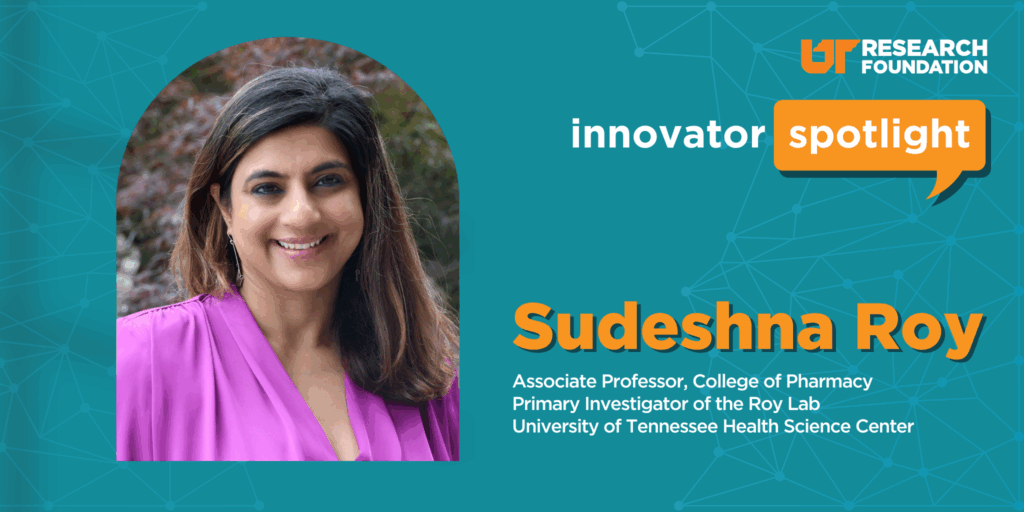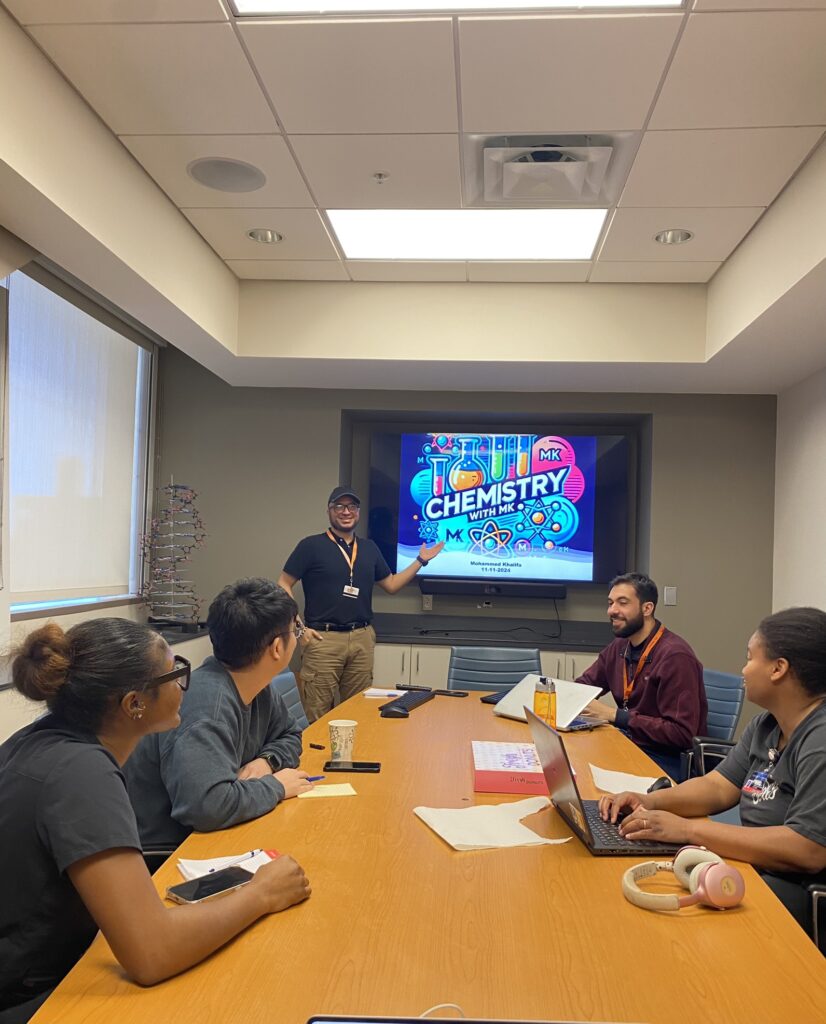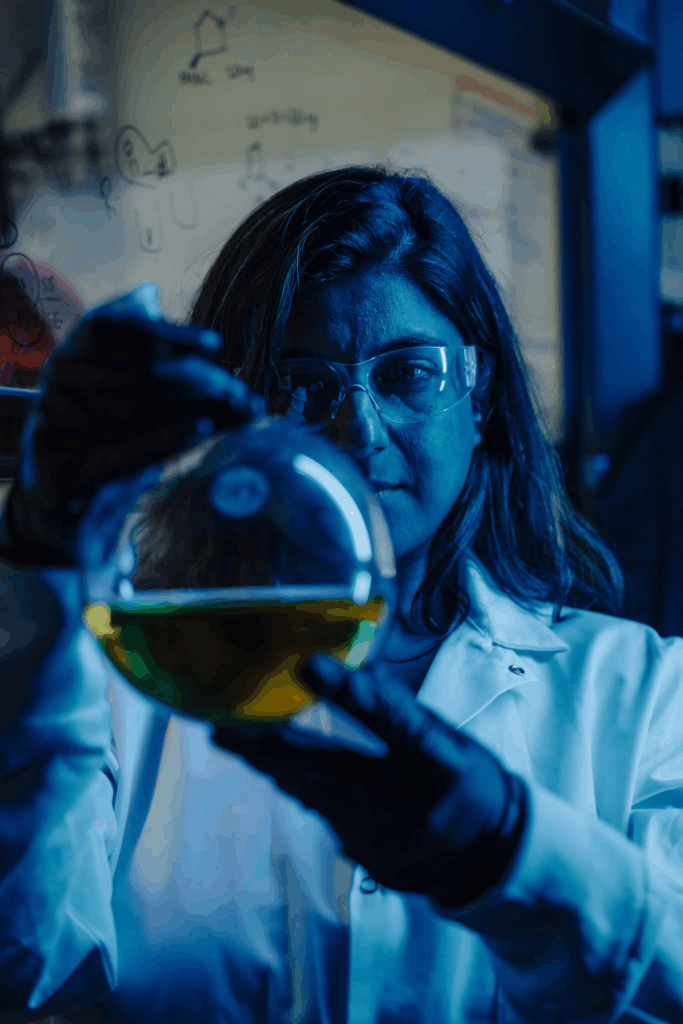How strategic schedules, synergy, and AI modeling are fueling modern drug discovery at the UTHSC School of Pharmacy

Can you put a breakthrough on a schedule? An old adage says no, but Dr. Sudeshna Roy, primary investigator of the Roy Lab at UT Health Science Center, seems to be able to schedule everything else.
“They almost operate like a little business,” said Dr. James Parrett, staff attorney at UTRF. “They come up with tasks, assign out those tasks, and later come in and report on those tasks.”
It’s a simple structure that allows for more complex action in unlocking next-gen treatments.

“We set tight objectives, but then we try to stay loose within those parameters,” said Roy. “It gives everyone the mental freedom to work within our three Cs while still producing results.”
The “three Cs” of the Roy Lab: creativity, collaboration, and cutting edge innovation, are the cornerstones that Dr. Roy, her graduate students, and postdoctoral researchers live by.
In practice, creativity and collaboration yield thoughts on how to embrace cutting edge innovation. During their weekly meetings, the group shares project updates and then brainstorms how to best tackle next steps.
“We don’t just do work here,” Roy said. “Everyone comes up with ideas, whether that’s new compounds or new concepts for how we operate.”
These new concepts include centralizing research data in the cloud for broader, faster access, and using Artificial Intelligence-driven modeling to screen and identify promising drug candidates and target platforms—especially in the lab’s ongoing drug discovery project and exploration of fluorine chemistry.
“With the incorporation of AI, she’s bringing us to where the field is going,” Parrett said.
The fluorine project relies on the creativity of everyone involved to test potential applications. The lab uses synthetic techniques to incorporate fluorine into existing compounds with the aim of improving the molecule’s drug-like properties.

“We’ve really only started to scratch the surface of what fluorine chemistry is capable of,” said Dr. Mohammed Khalifa, a postdoctoral research associate in the lab. “There is so much more to explore.”
In addition to the fluorine project, the Roy Lab’s historical and current focus has been reimagining treatment strategies for tuberculosis, one of the deadliest bacterial infections in the world. Because current drug regimens are so involved, lengthy, and susceptible to pathogen mutations, Dr. Roy sees new therapeutics for TB as a must for world health.
“We have to be aggressive in our pursuit of new treatments for TB,” Roy said. “Our future depends on it.”
But wait, there’s more. The Roy Lab recently embarked on another project, the discovery of novel fungicidal treatments. In collaboration with Dr. Camaron Hole, an assistant professor in the College of Pharmacy, the Roy Lab is developing new treatments to combat Cryptococcus neoformans, a pathogen that causes the life-threatening condition of meningitis.
“Most antifungal drugs on the market are fungistatic—they stop the growth of the fungus,” Roy said. “Our molecule is fungicidal—it actually kills the pathogen—and it targets a novel site not addressed by any current treatment.”
Between these core projects, Dr. Roy stays committed to producing results for the university as well, continually pursuing patents and grants with Dr. Parrett’s help.
“When everyone works together, we can turn molecular precision into medical progress,” Roy said.
And they’ll get there, on a schedule.